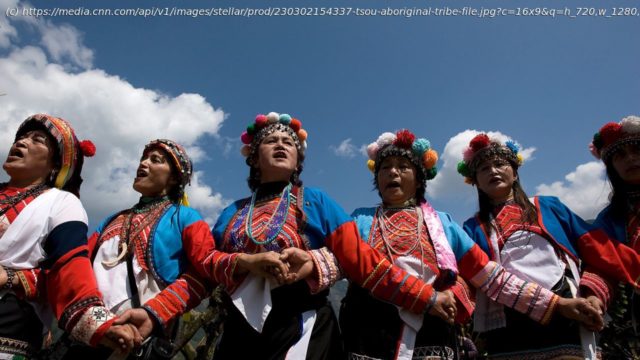Array
Avai Yata’uyungana was just 12 when the soldiers dragged his father away to be executed.
More than 70 years later, he remembers that feeling of helplessness, confusion and fear as if it were yesterday.
“On that day, the military surrounded our family home,” recalled the retired schoolteacher, age 83. “The county magistrate came to our village and told everyone that my father was engaged in corruption. (After they shot him) rumors spread about the allegations against him and my family went into hardship.”
At the time, fears about Communist influence on the island were at their height; Chiang Kai-shek’s Nationalists had only recently set up a government in exile there after being driven out of the Chinese mainland by Mao’s forces. Paranoia was high and the fledgling administration saw local leaders as a potential threat to their grip on power.
After centuries of migration by ethnic Han from China and a 50-year occupation by Japan, the island’s Indigenous tribes had found themselves marginalized in their own native lands and hoped that the new administration would be open to a new approach.
“My father and other leaders knew that Indigenous peoples were colonized and suppressed,” said Avai. “They hoped that with the arrival of (the new Nationalist government), they would be able to change our fate.”
That hope was to prove fatally misjudged, as the Nationalist or Kuomintang government soon established a reputation for authoritarian rule and a policy of instilling “Chinese-ness” into the local population.
On February 28, 1947 – in what was to become known as the “228 Incident” – the Kuomintang ruthlessly suppressed a popular revolt sparked by anger over official corruption.
It then embarked upon a brutal four-decade crackdown on political dissent under one of the longest periods of martial law the world has ever seen.
Fast forward seven decades, and the dynamic driving relations between Taiwan’s government and its Indigenous communities has been transformed.
No longer are these communities viewed with suspicion as potential sympathizers with the mainland’s Communist authorities.
If anything, say experts like Tibusungu ‘e Vayayana, a professor in Indigenous studies at National Taiwan Normal University, Taiwan society now views Indigenous communities as a bulwark against Beijing’s territorial ambitions (the Communist Party continues to claim Taiwan as its own, despite never having controlled it, and has repeatedly refused to rule out the use of force in “reunifying” with it).
The idea is relatively simple: What better way to demonstrate to the international community Taiwan’s distinct identity, its separateness to mainland China, than the existence of native populations stretching back thousands of years, they say.
“To highlight the uniqueness of Taiwan from China, the ethnic Han population in Taiwan are now emphasizing Indigenous cultures and are paying more and more attention to it,” Vayayana said.
Ku Heng-chan, a research fellow in Indigenous studies at Taiwan’s Academia Sinica, said a turning point in the mindset of mainstream society came in the 1970s, when large-scale pro-democracy protests broke out.
“The pro-democracy movement was fighting against the Nationalist Chinese regime (in Taipei), and they wanted to look for distinct characteristics that represented the Taiwanese identity,” Ku said.






